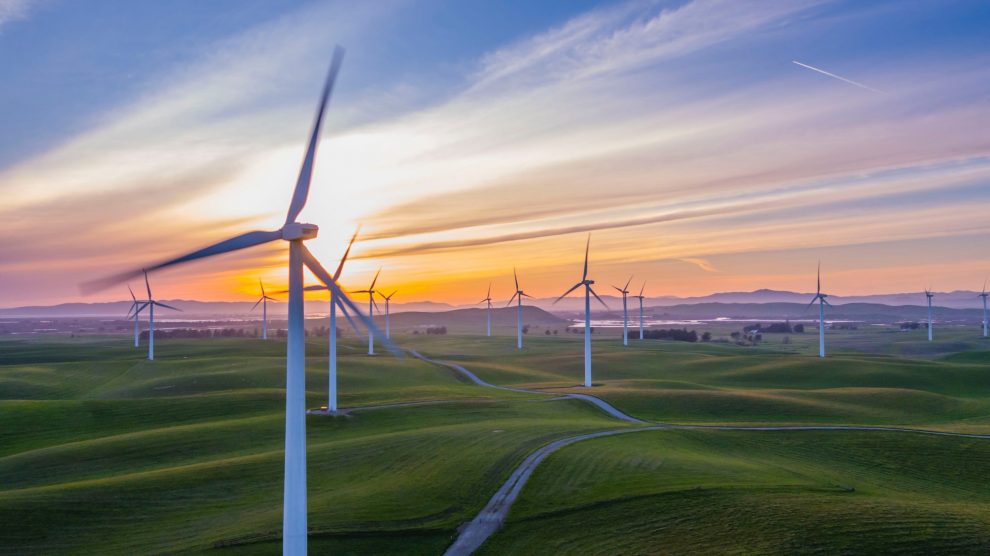Rüzgar, COVID’e Rağmen 2020’de AB Elektriğinin% 16’sını Üretti

Wind energy provided 16.4% of the energy of the EU and Britain in 2020, bringing the industry closer to its goal of generating 50% of the block's total electricity by 2050. But permit issues, quarantine and changing regulations threaten future progress.
Denmark will account for almost half of its electricity in 2020; Ireland provided 40%, Germany and Britain each 27% with wind energy.
The Netherlands received the highest wind capacity, while Germany ranked second. Also, there are new actors like Poland. Russia was among the rising stars by commissioning 0.8 GW.
Ivan Komusanac, an analyst at WindEurope trade association, said: “This year there was much more variety than in previous years. “You see some new faces in the top five,” he said.
It currently has around 220 GW of wind capacity in Europe and Germany is ahead. New players in the second half to increase the capacity for 10 years, starting with Sweden and Turkey to create a fleet expected to take place in Poland.
But Komusanac warned that EU countries are not ambitious enough to meet the Commission’s current renewable energy target by 2030, let alone the expected increase to meet the new climate target.
Komusanac also said countries should install 18 GW each year, but current plans lag behind that by at least 3 GW.
WindEurope expects to set up 105 GW in the next five years in its current scenarios, but warns that this could be as low as 79 GW if COVID restrictions, a number of problems and delays in setting up the grid persist.
Older Turbines and Permit Problems
Another problem facing the wind industry is aging turbines. In the next five years, approximately 26 GW of capacity will be over 20 years old. The new turbines are much more efficient, but regulations regarding maximum height have changed over the past and it can be challenging to obtain permission to replace them as new turbines are longer.
Komusanac said, “7 GW will be completely finished. “These will be projects that are completely taken out of service and completely disappeared, and we will lose the clean electricity we have received in the last 20 years.”
This has become a sensitive question in Germany. Komusanac highlighted the need to involve local people in the planning processes to address the issue and “The easiest way is to involve the local community as early as possible. That way, you reduce the risk of low public acceptance, ”he said.
Komusanac also highlighted that the wind industry can help reintegrate workers into the workforce as part of national “just transition” plans. The industry currently employs 300,000 people across Europe, but these numbers are expected to increase to 450,000 in the next 10 years.
The EU’s renewable energy directive already includes provisions to speed up permitting processes, but these are currently not followed. As the EU plans to revise this, WindEurope will focus on how permitting procedures can be improved.


 Yedek Parçalar
Yedek Parçalar